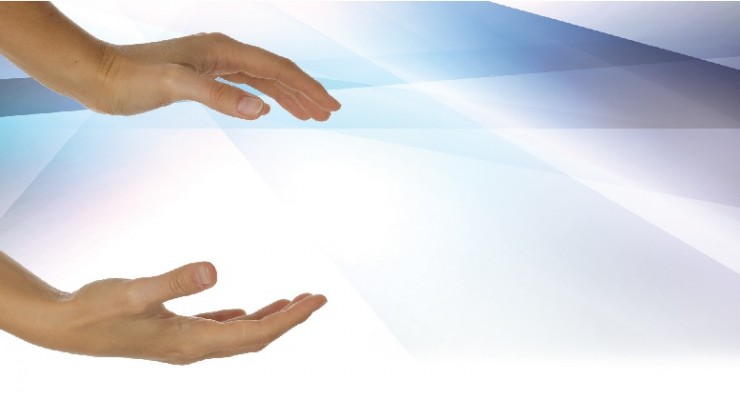Article Contents
- 1. Focus points
- 1.1. Setup
- 1.2. Swing start
- 1.3. Top of the swing
- 1.4. Downswing and slide
- 1.5. Release and follow through
- 2. Cause and effect evaluation: a session with an elite two-hander
- 3. Drills to improve two-handed body position
- 3.1. Two-handed foul line drill
- 3.2. Perpendicular foot drill
- 3.3. Three step skip-step drill
- 4. Implementing the drills into your practice
Note: This article is only available to Bowling This Month subscribers.
As I travel the world training players, I see a steady increase of two-handed players, a direct reflection of the success of Osku Palermaa and Jason Belmonte. In fact, as I write this, Brian Valenta, another two-hander, won a PBA Regional title and a two-hander from Ireland is bowling at Junior Gold and is in the top 15. In the past few years, I have worked with two-handed players in Germany, Mexico, Guernsey, Italy, Ireland, Poland, Bulgaria, Romania, Serbia, and the United States. My twelve year old son Max has decided to become a two-handed bowler and I continue to help him develop.
Over my career, I have had the opportunity to work with more than 20 two-handers, including three women and a professional. Through these experiences, as well as research on two-handed biomechanics, I have developed a specific training program unique to two-handed players.
Focus points
For all bowlers, the goal is to reduce unnecessary physical movements as well as to maximize energy transfer from the body to the ball. With this in mind, here are my recommendations for phases of the physical game.
Setup
In the setup, the initial position of the hand, feet, elbow, shoulder, and hip can impact the physical game in the approach. Specifically, the setup can impact the swing line, hand position in the swing, hand position at the release, as well as hip and shoulder rotation.
The ultimate objective of the setup is to help keep the balance arm shoulder in front of the ball side shoulder for the entire approach and release by pre-establishing body position.
- Step #1: Set the slide foot parallel to the intended target line.
- Step #2: The trail leg foot should be behind the slide foot. Specifically, place the trail leg foot toe behind the halfway point of the slide foot. Angle the foot at approximately 30 degrees, which will help open the hip angle.
- Step #3: Be sure your ball-side hip is behind your non-ball side hip.
- Step #4: Let the upper body match the open hip angle to open the shoulder and keep the ball-side shoulder behind the non ball-side shoulder.
- Step #5: Place the balance arm hand just above the inserts which will provide support as the ball moves back into the swing. Place the ball near your belly button.
Swing start
I strongly recommend a five-step delivery. This will help keep the ball-side shoulder behind the non ball-side shoulder for the entire approach, increasing fluidity. When and how the ball is moved into the swing start has a direct influence on forward spine tilt as well as foot speed. Ideally, the ball-side elbow should not move past the hip/stomach and the ball should move below the elbow as it is moved into the swing start to create a rounded ...
Already a premium member? Click here to log in.


